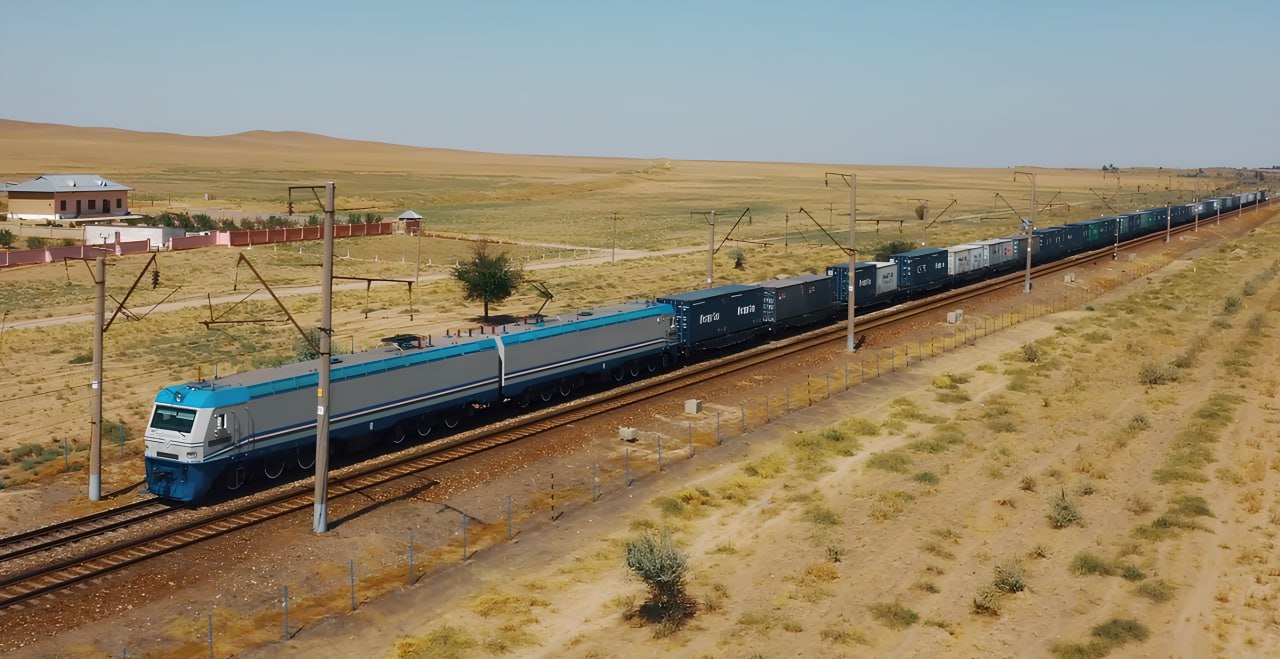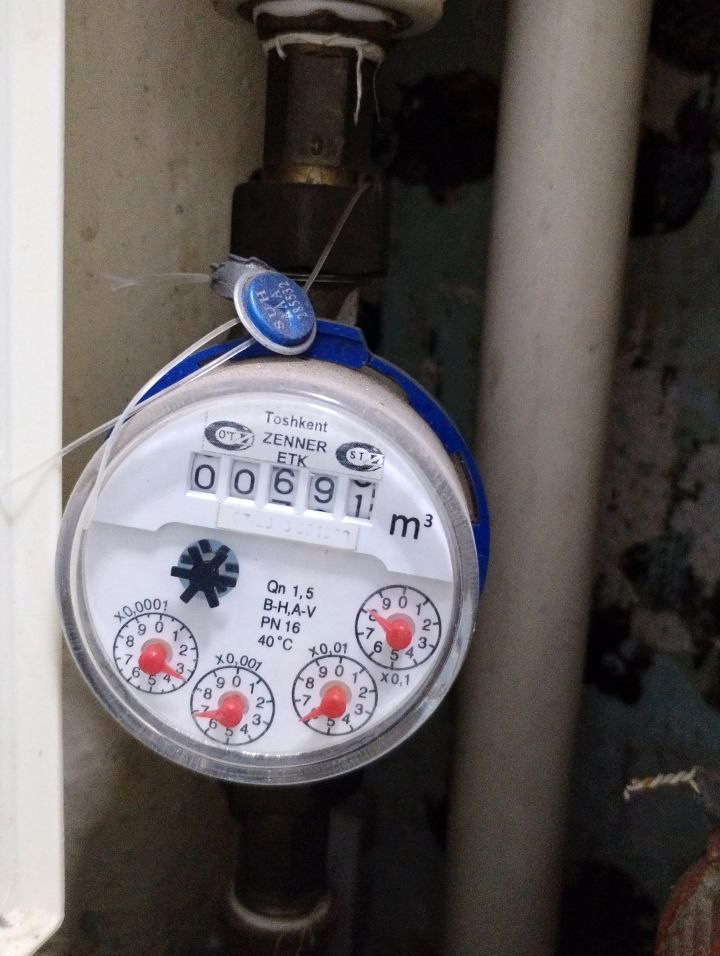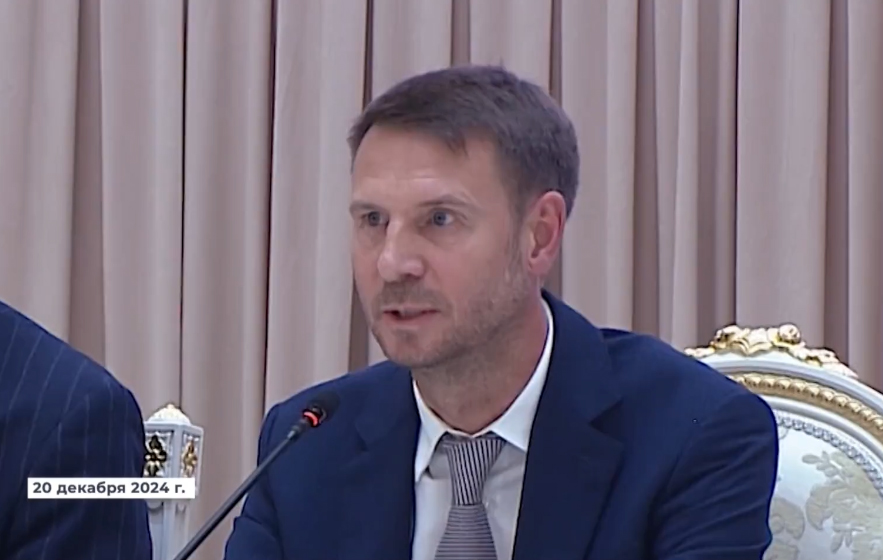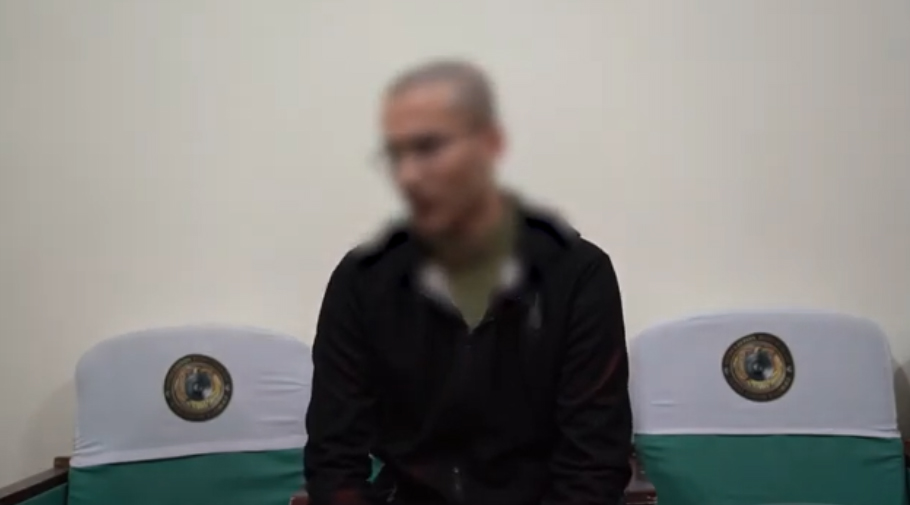This article is also available in:
Русский (Russian)
Uzbek
Uzbekistan has taken a significant step in the development of international trade by launching a new multimodal route for container shipments from India through Iran. This route has opened up new opportunities for cargo transportation, significantly speeding up the delivery process and increasing economic efficiency.
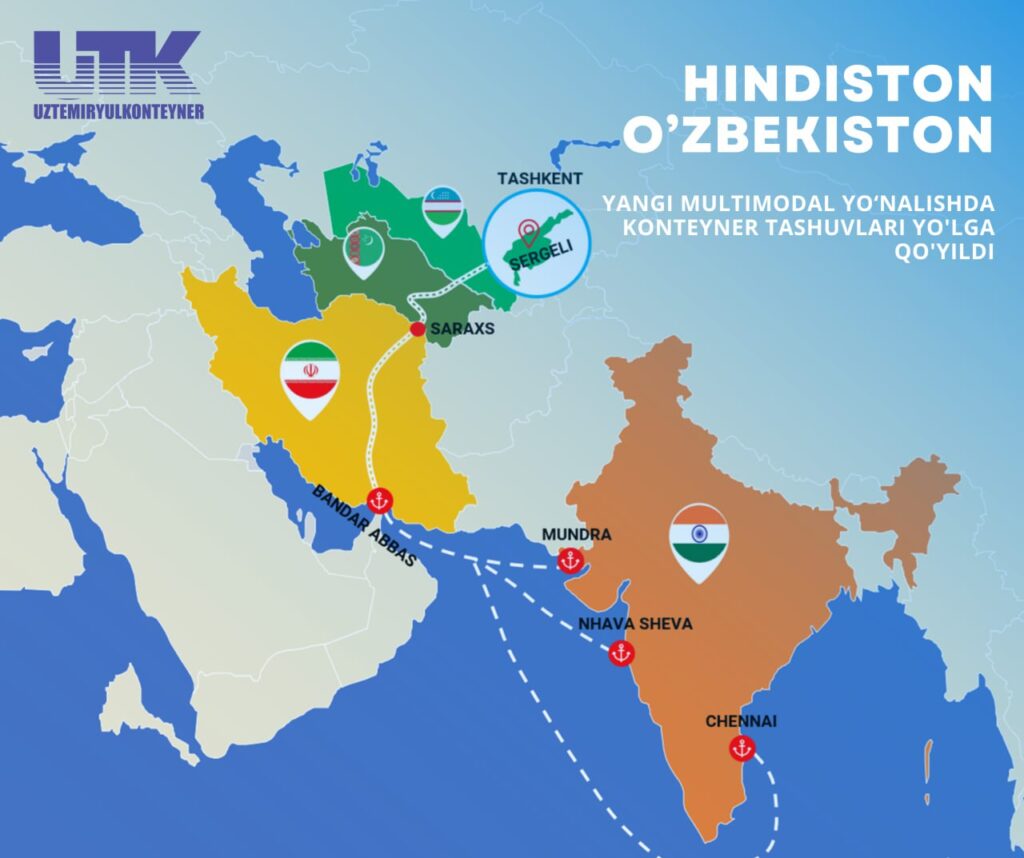
Containers are sent from the Indian ports of Mundra, Nhava Sheva, and Chennai, from where the cargo is transported by sea to the Iranian port of Bandar Abbas. From there, the containers are transported by rail to the “Serakhs” station on Iranian platforms, after which they are transferred to “Uzbekistan Temir Yullari” platforms and sent to Uzbekistan via Turkmenistan, reaching the “Sergeli” station.
The first freight train on this new route consisted of 20 containers, each 20 feet long. It covered a distance of 2,673 kilometers in 20 days. Despite the significant distance, the delivery time has already been reduced compared to traditional routes, and in the future, it is planned to reduce it further to 15 days.
The launch of the new route not only shortens cargo delivery times but also opens up new prospects for developing trade ties between Uzbekistan and India. This is another step in strengthening economic cooperation between the countries, allowing businesses to implement their projects more quickly and efficiently.
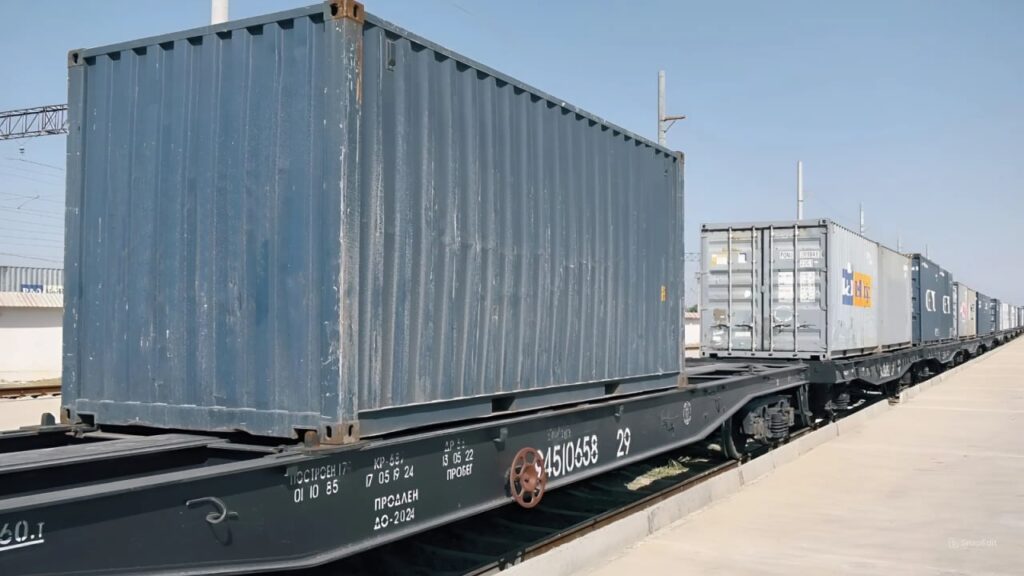
Multimodal transportation is becoming an essential element in global logistics, and Uzbekistan is demonstrating its readiness to implement innovative solutions to improve trade infrastructure. The new route through Iran is a significant achievement for the country and shows that Uzbekistan is striving to strengthen its position as a key transport hub in Central Asia.
Further development of the route is planned in the future, which will open up new opportunities for export and import, make trade relations more efficient, and strengthen economic cooperation in the region.
The text has been translated by AI. For more accurate information, please refer to the Russian version of the article.

